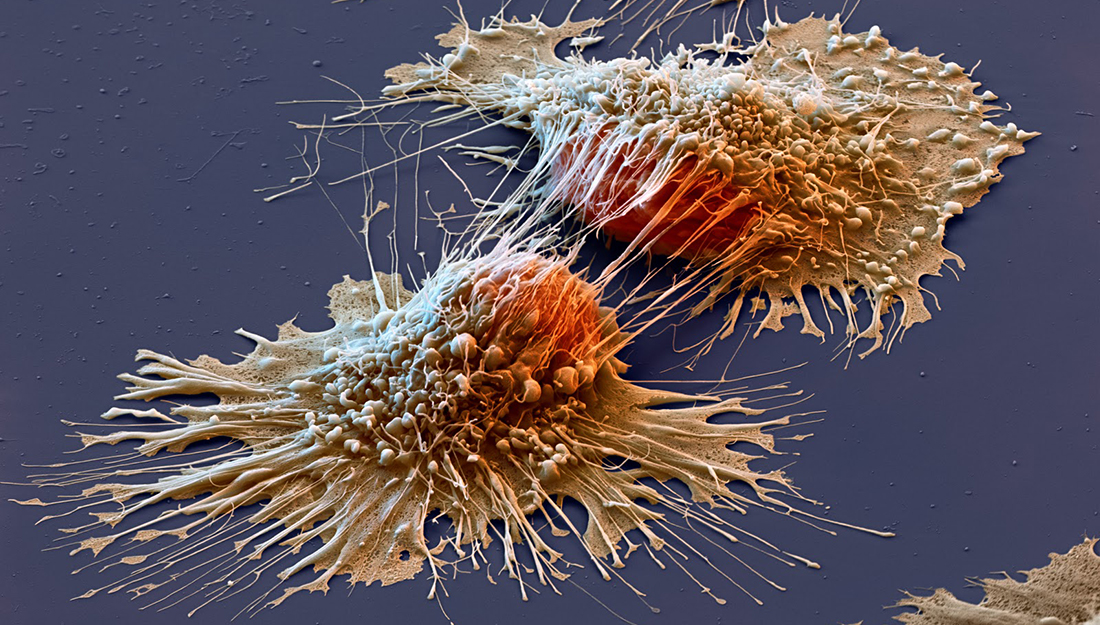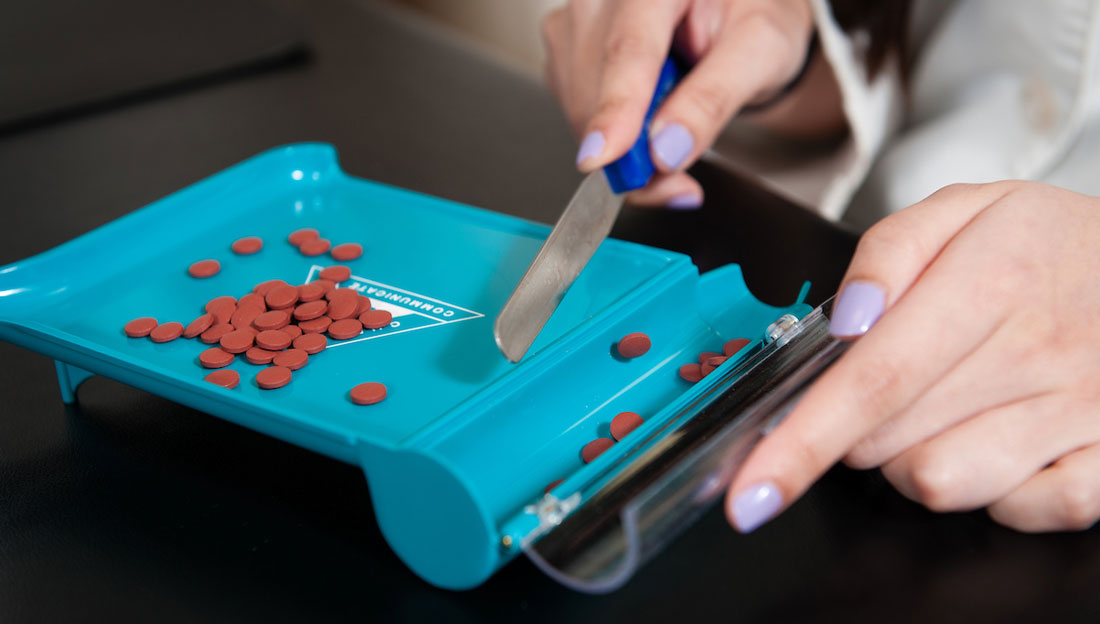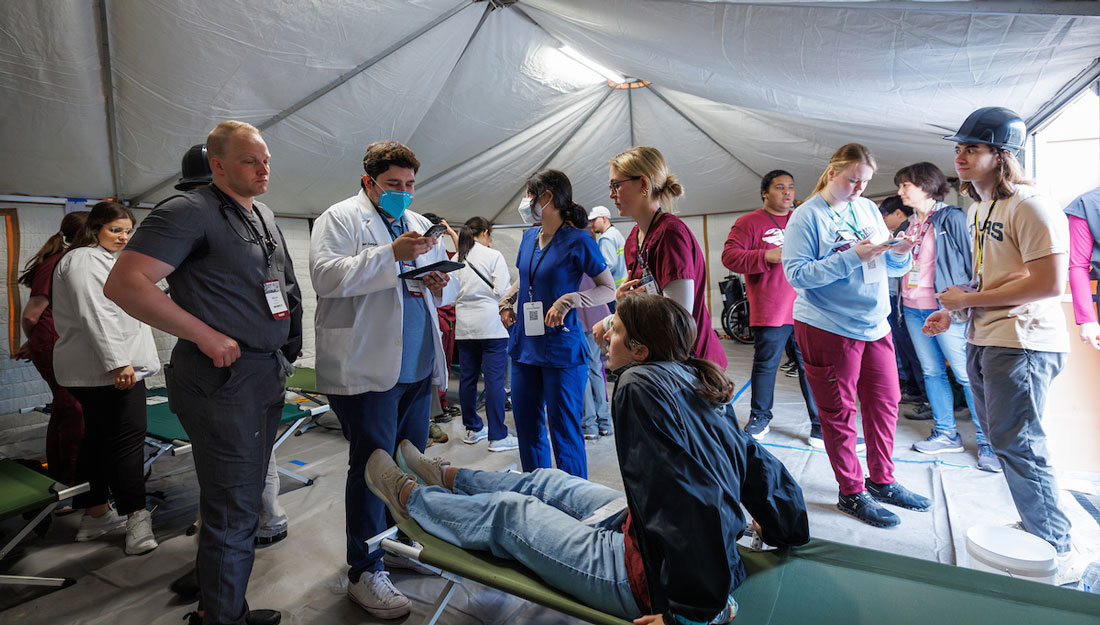- Christina Sumners
- Pharmacy, Research, Show on VR homepage
A new cancer drug delivery system
Texas A&M researchers working on a new way to deliver chemotherapy directly to cancer cells

One of the biggest problems in cancer treatment is drug delivery: chemotherapy kills cancer cells, but it also kills normal, healthy cells along the way. This indiscriminate targeting has two major problems: it decreases the anticancer effects by lowering the drug concentration in the tumor while also causing the numerous side effects of these drugs, from hair loss to nausea.
“Improving the tumor specificity is one of the ultimate goals of the current anticancer research,” said Qing Yao, pre-doctoral researcher in the lab of Lin Zhu, PhD, assistant professor of pharmaceutical sciences at the Texas A&M Health Science Center Irma Lerma Rangel College of Pharmacy. “The current tumor targeting strategies remain unsatisfactory.”
To that end, Zhu’s lab works on the development of new cancer drug delivery methods, and Yao’s project is focused on creating drug “nanocarriers” called micelles. These tiny micelles are loaded with the drug inside and—on their surface—engineered with two types of materials that can interact with cancer tissues and cells. One material is an MMP2-sensitive polymer, and the other is folate. They are very good at recognizing which cells are cancerous. The micelles can circulate through the bloodstream, leaving the healthy cells alone, until they encounter the cancer tissues. Then, when the material on their surface recognizes and responds to the MMP2 in the tumor, the micelles “show” the folate, triggering the receptors on the cancer cell to take them in, drug and all.
“Our dual-targeting strategy uses active targeting mechanisms,” Yao said. “Using both MMP2 and folate works in a cooperative manner to improve the drug’s tumor specificity.”
The preliminary research has shown that these micelles kill cancer cells better than many of the versions tried previously, and work far better than drugs that circulate freely in the bloodstream.
Still, Yao is the first to note that this new technology won’t be available to treat humans overnight. “The translation of any new technology, including ours, from the bench to bedside is not straightforward,” she said. “Many further studies have to be done before it can be tested in humans, but we are optimistic and confident about this technology.”
The next step is optimization of the formulation of the nanoparticles, following by testing in animal models.
“The development of tumor-targeted nanoscale drug delivery systems is a hot research field,” Zhu said. “The nanoparticles that Qing is working on is a multifunctional drug carrier. The design is able to tackle the pharmacokinetic obstacles of anticancer drugs at the body-, tissue-, and cellular- levels. It is an exploration of designing the future elaborate and elegant nanomedicine.”
Media contact: media@tamu.edu


